
Supermarket price inflation has fallen for a fourth month in a row following sharp drops in commodity costs over the summer.
Average inflation across the big four dropped back to 2.37% on 1 October from 2.57% last month and 2.84% on 1 June. Month on month, average prices have also fallen, by 0.8%.
Analysts said lower retail price inflation was to be expected following the good harvests on both sides of the Atlantic (see Commodities analysis, left).
“It is in line with what we were anticipating. A lot of what drives food inflation is the northern hemisphere harvests. After a better year, prices across a range of soft commodities are significantly lower and that will be feeding into the supply chain,” said Shore Capital analyst Darren Shirley.
Last month, Shore Capital cut its forecast for UK food retail inflation from between 2% and 4% to between 1% and 3% for the next six to nine months.
In general, Asda has kept the tightest lid on inflation since the recession, but over the past year, Morrisons has been the most aggressive supermarket on price. Facing tough competition from the discounters, it has kept price inflation down at 1.4% (see graph).
At 2.3%, inflation at Asda is now in line with the average for the big four, having fallen from 3.6% on 1 June as a result of lower inflation across bakery, fruit & veg, alcohol, biscuits, confectionery and snacks.
Tesco has the highest level of inflation of the big four at 3.1%, although its inflation has come down since 1 June, when it stood at 3.6%.
Meanwhile, Sainsbury’s inflation has fallen from 3% to 2.1% since June. This month specifically, a large number of ‘save a third’ deals in the baby category helped to keep inflation down.
Waitrose’s inflation has risen slightly from June, but over the past month it has fallen from 2.7% to 2.3%.
Waitrose MD Mark Price told delegates at this week’s IGD Convention that the supermarket’s strategy was to invest in price and promotions every autumn, and focus on new product development every spring. In line with that policy, Waitrose last week ramped up the number of products myWaitrose cardholders can receive 10% off on from 100 to 500.
Across the supermarkets, the category showing the highest level of inflation is still meat, fish and poultry. Higher demand for UK-sourced meat in the wake of the horsemeat scandal has pushed meat, fish and poultry price inflation up to 7%.
Meanwhile, inflation is lowest - at under 2% - across household, frozen, baby products and biscuits, confectionery and snacks. Of the 15 categories tracked by the GPI, household is the only one showing deflation - prices are 0.5% cheaper than a year ago.







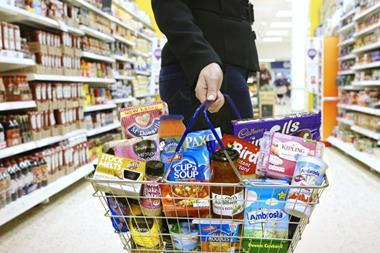
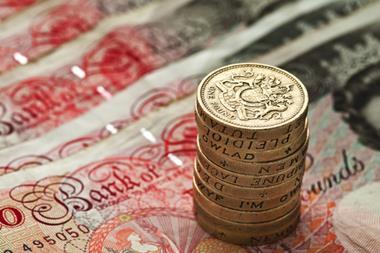
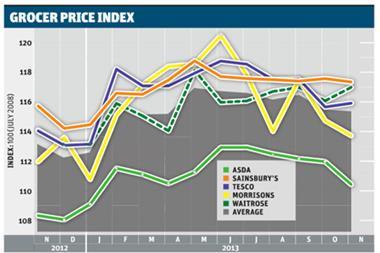
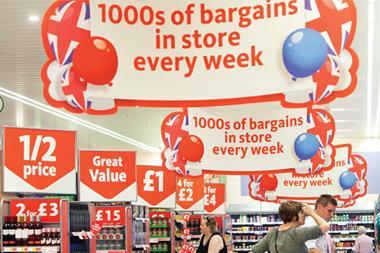
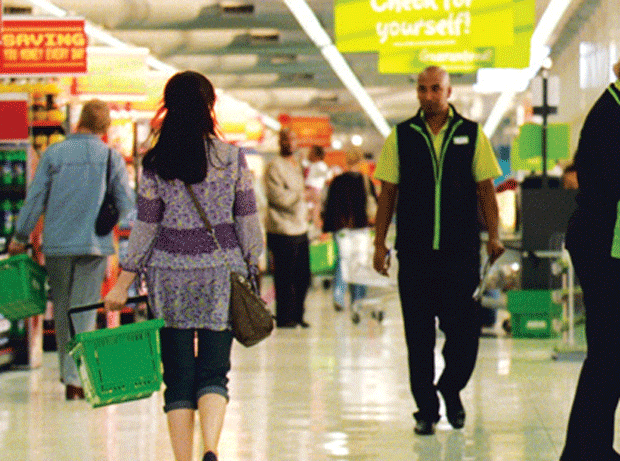
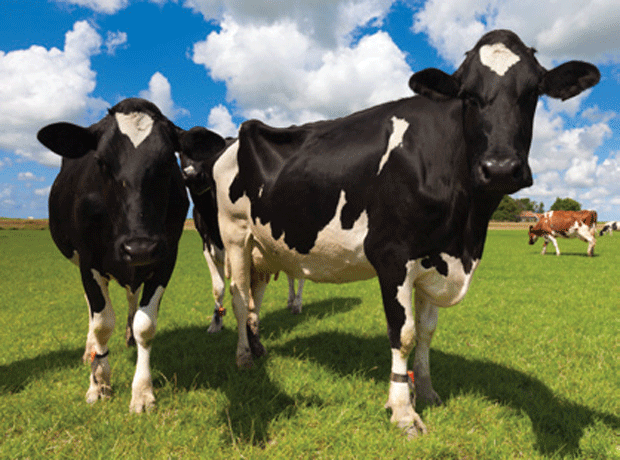
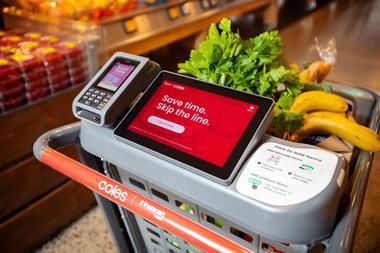





No comments yet